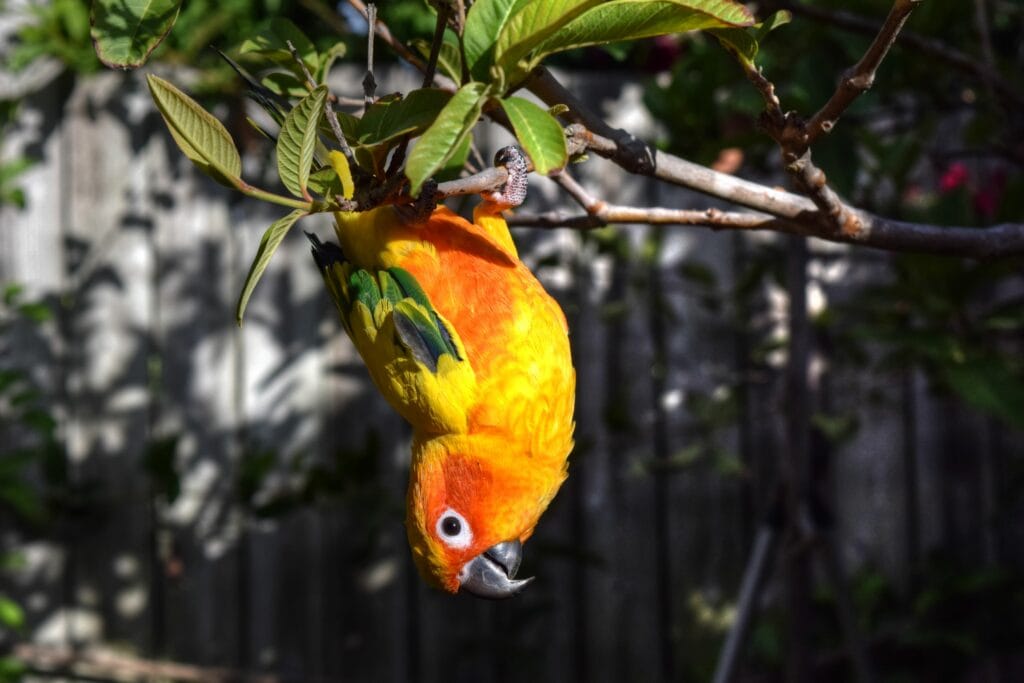Have you ever heard of the forbidden phenotype? It sounds mysterious, but it’s actually a term used to describe a very simple concept. Think of how many limbs an animal can have. For mammals, it’s usually four. For insects, six is typical. For birds, it’s four, counting the wings. Even flightless Kiwi birds have a pair of small vestigial wings. But why are there no animals that walk on three legs? This is called the forbidden phenotype. Even in the fossil record, there has never been an animal identified that naturally possessed exactly three functional limbs.
Related Article: Can Humans Understand the Language of Chickens?
But there are ways that other animals have come close to achieving the forbidden phenotype. Kangaroos, for example, often use their tail as if it were a third leg, providing balance and stability as they hop around and even standing up on it to deliver kicks with both feet. While not this is more of a fifth limb than a third limb, many primates use their tails as appendages to help them climb trees. The animal kingdom is full of creatures that make use of their unique bodies in interesting and unexpected ways.
A recent study suggests that parrots are one such animal. For the Rosy-faced Lovebird, three functional limbs is not a completely “forbidden” way of life. Researchers from the New York Institute of Technology College of Osteopathic Medicine found that Rosy-faced Lovebirds use their beaks like a third limb to help them navigate thin branches while hanging upside down. On very thin branches, using their beaks allows these birds an extra bit of stability that makes climbing possible.
This mode of movement has been named “beakiation” as a nod to “brachiation” which is the name for the method of motion that tree-swinging primates use to swing from branch to branch using their arms. Like brachiation, beakiation is a form of movement used for navigating an arboreal environment. Both methods rely on a swinging motion, though beakiation is much much slower.
If you’ve ever spent time around parrots, you may be scratching your head and thinking “I already knew parrots use their beaks to move around!” I thought the same thing when researching the beakiation phenomenon. It turns out that in years past, other studies have identified the parrot as a possible solution to the “forbidden phenotype” problem thanks to the many versatile ways that they use their beaks to interface with the world. Beakiation is an interesting addition to this body of research because of the fascinating resemblance it bears to primate brachiation.
My takeaway— nothing in the world can stop a parrot on a mission. Who needs arms when you’ve got a clever stubborn little brain and a beak strong enough to hold up your weight?
Popular Article: Why Do Songbirds Sing So Much? A New Study Has the Answer

